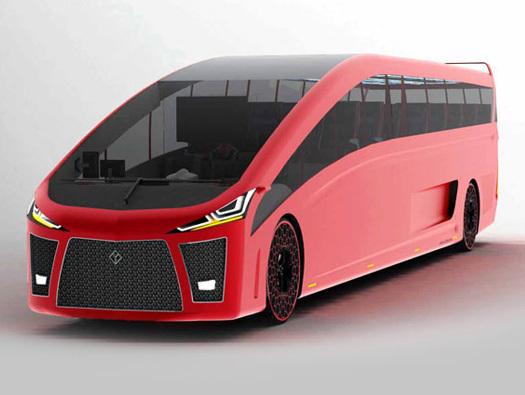In an era where budget-conscious travel is more important than ever, understanding the various modes of transportation available can significantly impact your travel expenses. When we delve into the question, What is the name of the cheapest type of transport? we uncover a spectrum of options that cater to different needs, distances, and preferences. This article aims to provide a comprehensive overview of the most economical transportation methods, examining their advantages, limitations, and practical applications.
- Public Transportation: The Backbone of Urban Mobility
Public transportation systems, including buses, trams, and subways, are often hailed as the cheapest forms of transport in urban settings. These systems are designed to accommodate large numbers of passengers, thereby reducing the cost per individual.
Advantages:
- Affordability: Most public transport options offer low fares, with many cities providing discounted rates for students, seniors, and low-income individuals.
- Environmental Impact: Utilizing public transport reduces the number of vehicles on the road, leading to lower carbon emissions and less traffic congestion.
- Accessibility: Public transport networks often cover extensive areas, making them accessible to a wide range of users.
Limitations:
- Schedule Dependency: Travelers must adhere to fixed schedules, which may not always align with their plans.
- Comfort and Convenience: Public transport can be crowded and may lack the comfort of private vehicles.
- Cycling: A Sustainable and Cost-Effective Choice
Cycling has emerged as a popular alternative for short-distance travel, especially in cities with bike-friendly infrastructure.
Advantages:
- Zero Fuel Costs: Once you invest in a bicycle, the ongoing costs are minimal, primarily involving maintenance.
- Health Benefits: Cycling promotes physical fitness and can be a great way to incorporate exercise into your daily routine.
- Environmental Sustainability: Bicycles produce no emissions, making them an eco-friendly transportation option.
Limitations:
- Weather Dependency: Inclement weather can deter cycling, making it less reliable in certain climates.
- Limited Range: Cycling is most practical for short to medium distances, which may not suffice for longer journeys.
- Walking: The Ultimate Free Transport
Walking is arguably the most economical form of transportation, requiring no financial investment whatsoever.
Advantages:
- Cost-Free: Walking incurs no costs, making it the most budget-friendly option available.
- Health and Well-Being: It promotes cardiovascular health and can enhance mental well-being.
- Flexibility: Walking allows for spontaneous detours and exploration, offering a unique perspective of your surroundings.
Limitations:
- Time-Consuming: Walking is slower than other forms of transport, which may not be practical for longer distances.
- Physical Limitations: Not everyone may be able to walk long distances due to health or mobility issues.
- Ridesharing and Carpooling: Economical Alternatives to Solo Driving
Ridesharing services like Uber and Lyft, as well as traditional carpooling, provide cost-effective alternatives to owning a vehicle.
Advantages:
- Shared Costs: By splitting fares with others, ridesharing can be more affordable than solo driving.
- Convenience: These services offer door-to-door transport, which can be particularly beneficial in areas lacking public transport.
Limitations:
- Variable Pricing: Fares can fluctuate based on demand, potentially leading to higher costs during peak times.
- Dependence on Availability: Ridesharing services may not always be readily available, especially in less populated areas.
- Budget Airlines and Trains: Affordable Long-Distance Travel
For longer journeys, budget airlines and train services can provide economical options for travelers.
Advantages:
- Competitive Pricing: Budget airlines often offer significantly lower fares compared to traditional carriers, especially when booked in advance.
- Convenience: Trains can provide a comfortable travel experience with scenic views, often avoiding the hassles of airport security.
Limitations:
- Additional Fees: Budget airlines may charge for baggage and other services, which can add to the overall cost.
- Limited Routes: Not all destinations are served by budget airlines or trains, which may necessitate additional travel arrangements.
Conclusion: Choosing the Right Mode of Transport
When considering What is the name of the cheapest type of transport? it becomes clear that the answer is not singular. The most economical mode of transport varies based on individual circumstances, including distance, location, and personal preferences. Public transportation, cycling, walking, ridesharing, and budget airlines all offer unique benefits and drawbacks. By evaluating your specific needs and the context of your journey, you can make informed decisions that align with your budget and lifestyle.


